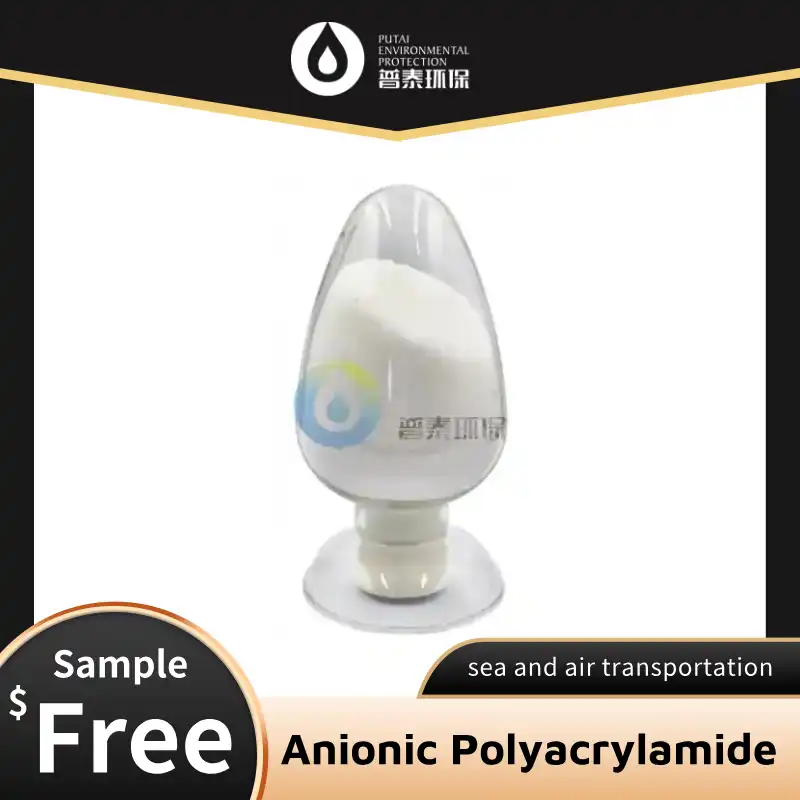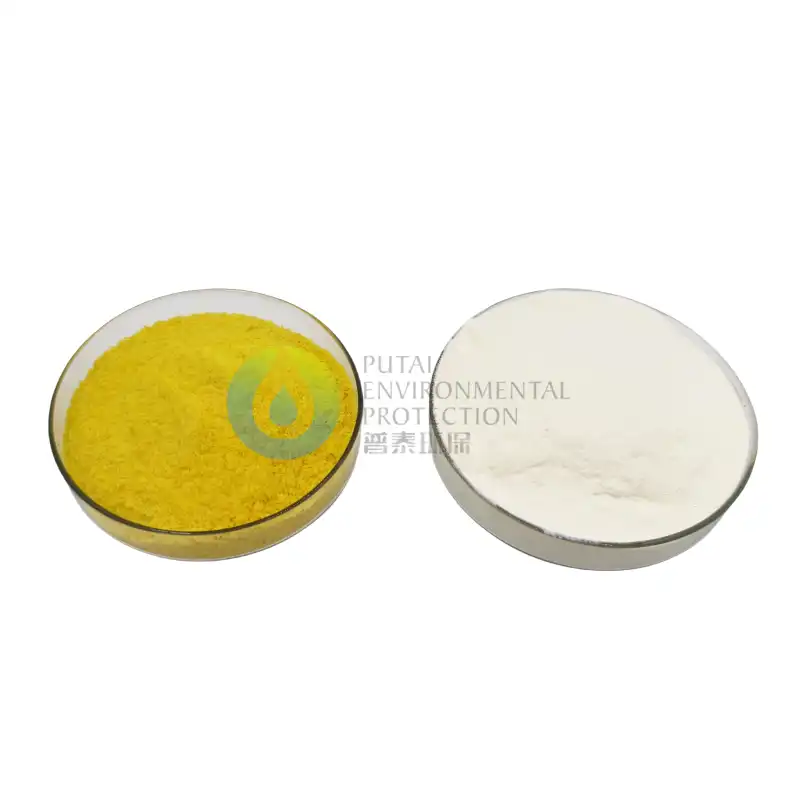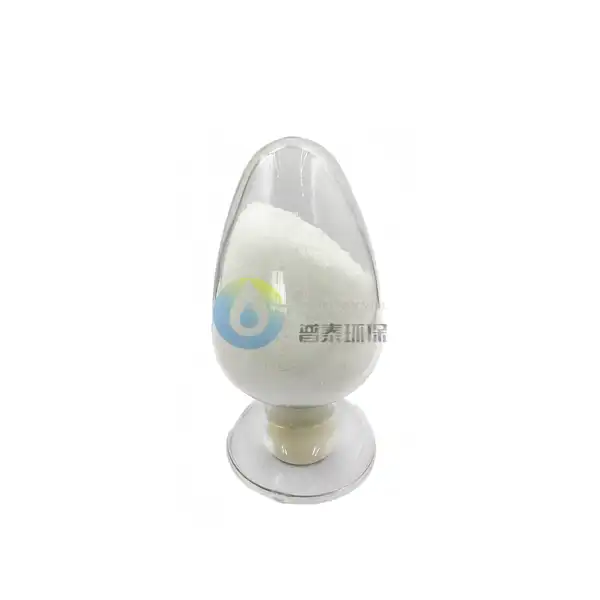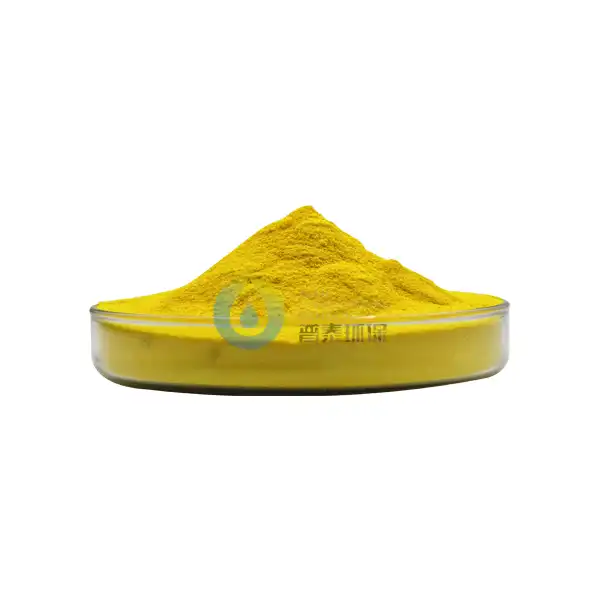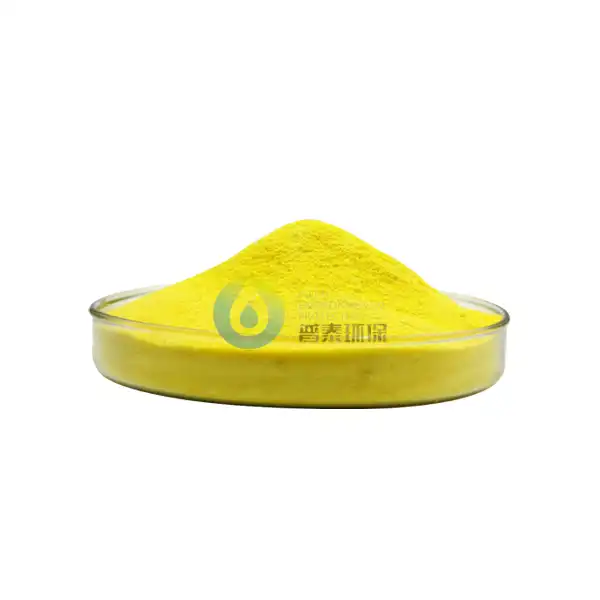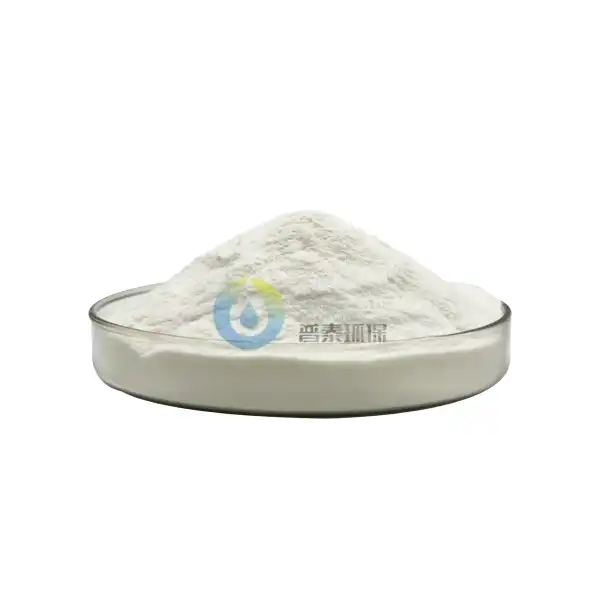What Are the Chemical and Physical Properties of Cationic PAM?
Cationic polyacrylamide (PAM) is a versatile polymer with a wide range of applications in water treatment, soil conditioning, and various industrial processes. Understanding its chemical and physical properties is crucial for optimizing its use and ensuring its effectiveness. In this comprehensive guide, we'll explore the key characteristics of cationic PAM, including its solubility, temperature sensitivity, and stability under different conditions.
Is Cationic PAM Soluble in Acidic or Alkaline Water? pH Stability Explained
The solubility of cationic PAM in water is one of its most important properties, as it directly affects its performance in various applications. Unlike its anionic counterpart, cationic PAM exhibits unique behavior in acidic and alkaline environments:
- Acidic conditions: Cationic PAM generally maintains good solubility in acidic water. The positively charged groups along its polymer chain remain stable in low pH environments, allowing the molecule to dissolve and maintain its functionality.
- Alkaline conditions: In contrast, cationic PAM can experience reduced solubility and effectiveness in highly alkaline water. As the pH increases, the cationic groups may become neutralized, leading to a decrease in the polymer's overall positive charge and potentially causing precipitation or loss of flocculation efficiency.
The pH stability of cationic PAM is typically optimum in the range of 4-8. Within this range, the polymer maintains its cationic character and remains fully functional. However, it's important to note that the exact pH stability can vary depending on the specific formulation and degree of cationicity of the PAM product.
For water treatment applications, understanding the pH stability of cationic PAM is crucial. When dealing with wastewater or industrial effluents that have varying pH levels, it may be necessary to adjust the pH before adding the polymer to ensure optimal performance. This knowledge allows operators to maximize the efficiency of the flocculation process and achieve better water clarification results.
How Temperature Affects Cationic PAM's Viscosity and Shelf Life
Temperature plays a significant role in the behavior and longevity of cationic PAM. Let's examine how temperature influences two key aspects: viscosity and shelf life.
Viscosity Changes with Temperature
The viscosity of cationic PAM solutions is temperature-dependent, which can impact its performance in various applications:
- Lower temperatures: As the temperature decreases, the viscosity of cationic PAM solutions tends to increase. This can result in slower dissolution rates and potentially reduced flowability in certain applications.
- Higher temperatures: Conversely, as temperatures rise, the viscosity of cationic PAM solutions decreases. While this can improve flowability and mixing, extreme heat may lead to thermal degradation of the polymer.
Understanding these viscosity changes is crucial for dosing and mixing operations. In colder climates or during winter months, it may be necessary to adjust mixing times or use heated storage tanks to maintain the desired viscosity. Similarly, in hot environments, care must be taken to prevent overheating, which could compromise the polymer's effectiveness.
Shelf Life and Storage Considerations
Temperature also significantly impacts the shelf life of cationic PAM products:
- Optimal storage conditions: Cationic PAM is best stored in a cool, dry place away from direct sunlight. The ideal temperature range for storage is typically between 5°C and 30°C (41°F to 86°F).
- High temperature effects: Prolonged exposure to high temperatures can accelerate the degradation of cationic PAM. This can lead to a reduction in molecular weight, loss of cationic charge, and ultimately, decreased performance.
- Low temperature concerns: While freezing temperatures are less likely to cause chemical degradation, they can affect the physical properties of liquid PAM formulations. Repeated freeze-thaw cycles may lead to polymer aggregation or separation in emulsion products.
To maximize the shelf life of cationic PAM, it's essential to maintain proper storage conditions. Most manufacturers recommend using the product within 6-12 months of production, depending on the specific formulation and storage conditions. Regular quality checks can help ensure the polymer maintains its efficacy throughout its shelf life.
Does Cationic PAM Degrade Under Oxidative Conditions?
Oxidative stability is another crucial aspect of cationic PAM's chemical properties. Understanding how this polymer behaves under oxidative conditions is essential for its proper use and storage:
Oxidative Degradation Mechanisms
Cationic PAM can indeed degrade under oxidative conditions, albeit generally at a slower rate compared to its anionic counterparts. The degradation process typically involves:
- Chain scission: Oxidative agents can break the polymer backbone, reducing its molecular weight and, consequently, its effectiveness as a flocculant.
- Charge neutralization: Oxidation can affect the cationic groups, potentially neutralizing the positive charges and diminishing the polymer's ability to interact with negatively charged particles.
- Formation of byproducts: The oxidation process can lead to the formation of various byproducts, which may alter the solution properties or introduce unwanted compounds into the treated water.
Factors Influencing Oxidative Degradation
Several factors can influence the rate and extent of oxidative degradation in cationic PAM:
- Presence of oxidizing agents: Common oxidizers in water treatment, such as chlorine, hydrogen peroxide, or ozone, can accelerate the degradation of cationic PAM.
- Concentration of dissolved oxygen: Higher levels of dissolved oxygen in water can contribute to increased oxidative stress on the polymer.
- UV exposure: Ultraviolet light can catalyze oxidation reactions, particularly in outdoor or sunlit applications.
- Temperature: As mentioned earlier, higher temperatures can accelerate chemical reactions, including oxidative degradation.
- pH: Extreme pH conditions, particularly highly alkaline environments, can exacerbate oxidative degradation.
Mitigating Oxidative Degradation
To minimize the impact of oxidative degradation on cationic PAM performance, consider the following strategies:
- Proper storage: Store cationic PAM products in sealed containers away from direct sunlight and sources of heat.
- Controlled dosing: In water treatment applications, add cationic PAM after any oxidation steps in the treatment process.
- Use of antioxidants: Some formulations may include antioxidants to enhance the polymer's stability under oxidative conditions.
- Regular monitoring: Implement a quality control program to regularly check the performance of stored cationic PAM and adjust usage accordingly.
By understanding and managing the oxidative stability of cationic PAM, users can ensure optimal performance and longevity of this valuable water treatment chemical.
Conclusion
The chemical and physical properties of cationic PAM play a crucial role in its effectiveness across various applications. From its pH-dependent solubility to its temperature sensitivity and oxidative stability, each characteristic influences how this polymer behaves in different environments. By understanding these properties, water treatment professionals and industrial users can optimize their use of cationic PAM, ensuring better results and more efficient processes.
Are you looking for high-quality cationic PAM products for your water treatment or industrial applications? Look no further than Xi'an PUTAI Environmental Protection Co., LTD. With over 21 years of experience in the production, sales, and R&D of water treatment chemicals, we offer top-notch cationic PAM solutions tailored to your specific needs. Our team of experts can help you select the right product and provide guidance on optimal usage conditions. Don't compromise on quality – choose PUTAI for all your water treatment chemical needs. Contact us today at sales@ywputai.com to learn more about our cationic PAM products and how we can help improve your water treatment processes.
References
1. Zhang, L., & Sun, Y. (2018). Cationic polyacrylamide: Synthesis, characterization, and application in water treatment. Journal of Water Process Engineering, 26, 274-292.
2. Wang, X., et al. (2019). Temperature-dependent behavior of cationic polyacrylamide and its impact on flocculation efficiency. Chemical Engineering Journal, 362, 478-488.
3. Smith, J. R., & Johnson, A. B. (2020). Oxidative stability of cationic polyacrylamides in water treatment applications. Water Research, 185, 116254.
4. Lee, C. S., & Park, H. J. (2021). pH-responsive properties of cationic polyacrylamide and their influence on wastewater treatment performance. Environmental Technology & Innovation, 22, 101422.

